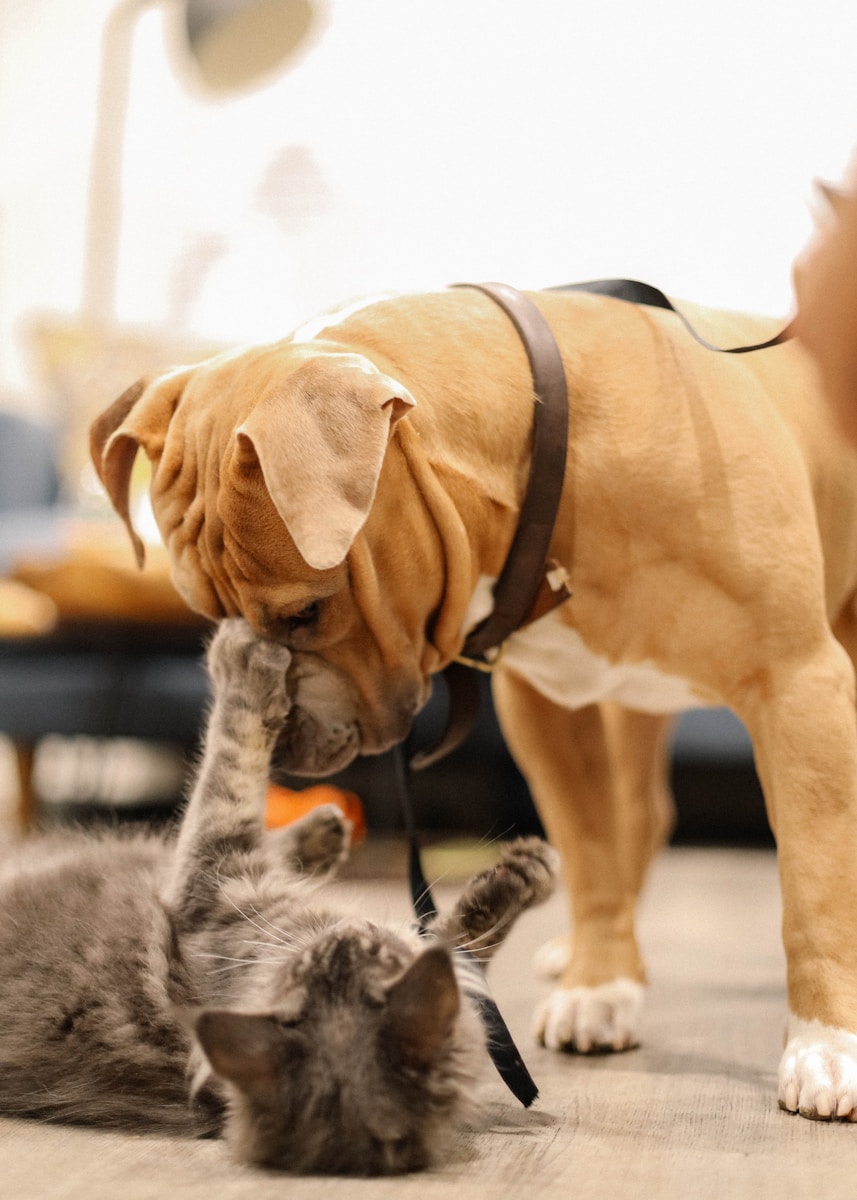Who Is This Guide For?
If you’re planning to welcome a new dog, cat, or other beloved creature into your home—whether it’s your inaugural pet adventure or you’re a seasoned handler—this guide is designed just for you. Families, singles, roommates, and seniors will all find actionable advice here, including for households blending pets of different ages, sizes, and personalities. Let’s make your new arrival’s transition smooth, joyful, and drama-free for all.
Why Planning Matters: The Benefits of Careful Introductions
Bringing home a new pet is thrilling, but it takes more than enthusiasm. Proper planning helps minimize initial stress, builds trust quickly, and avoids the common pitfalls of pet introductions—like territorial disputes or anxiety on both sides. When done right, the rewards are huge: reduced family stress, enhanced child development, improved heart health, and a home buzzing with happiness. For more about the science behind pet wellness, check our [Pet Wellness Research Roundup].
Prep Before Arrival: Your Quick Start Checklist
To set the stage for a successful transition, you’ll want to create a cozy, secure area reserved for your new roommate. This means:
- Stocking up: Food, water, treats, comfort toys, soft bedding, and, for cats, a clean litter box
- Swapping scents: Exchange toys or bedding between pets ahead of time to start a “remote handshake”
- Pet-proofing spaces: Secure hazards and designate pet-free zones as needed
Want more tips? Visit our [New Pet Preparation Guide].
Handy Tools:
- Baby gates for safe, visual intros (see more in our [Intro Tools Comparison])
- Separate feeding spots to avoid mealtime squabbles
- Patience—introductions may take days, weeks, or even longer for anxious animals
The Introduction Process: Step-by-Step With Examples

Step 1: Scent Before Sight
Begin by swapping blankets, toys, or towels between animals. Let dogs sniff cat toys, for example, or have your new kitten explore the scent of your senior dog’s bedding. This lets each pet get a sneak preview on their own terms. [Learn the science of scent-based introductions here.]
Step 2: Safe Visual Meetings
Once everybody seems chill with the new smells, arrange short visual encounters. Use a baby gate, screen, or slightly opened door. Watch closely: wagging tails and cautious curiosity are great signs; hissing, flattened ears, or fixed stares mean it’s time to slow down.
Step 3: Controlled In-Person Greetings
Pick a neutral space for the first in-person meeting—think hallway, not the resident pet’s living room throne. Keep dogs leashed and small pets secure in a carrier. Short sessions, lots of praise, and treats for polite interactions reinforce calm behavior. See our [First Encounters Checklist] for more specifics.
Step 4: Gradually Build Trust
Increase the length and freedom of their joint outings as both animals relax. Always offer an escape route and never force interaction—respect is the name of the game! Some pets become besties in days; others are content as friendly roommates.
Scenarios in Focus: Dog Meets Cat, Puppy Meets Senior, and More
Introducing a Dog to a Cat:
Start with slow, scent-based intros. Let cats perch on high shelves or window sills, away from doggy curiosity. Choose brief meetings and reward gentle investigation. If your dog is excitable, practice impulse control games beforehand—see our [Dog & Cat Introduction Guide] for step-by-step drills.
Bringing a Puppy to a Senior Pet:
Energetic pups can overwhelm older, calmer animals. Tire your puppy out with play before introductions, and let your senior pet approach on their terms. Extra TLC for seniors helps ease jealousy or stress—explore our [Multi-Age Pet Tips].
Blending Multi-Species Households:
Merging bunnies with dogs? Birds with cats? Use sturdy barriers, gradual exposure, and never leave prey and predator species unsupervised. Check the [Exotic Pet Integration Hub] for expert advice on out-of-the-box households.
Body Language: What to Watch For
Recognizing animal signals can make or break the introduction. Stress looks like yawning, trembling, tucked tails, lip licking, or rigid postures. Aggression shows as lunging, hissing, bared teeth, or pinned ears. If things escalate, take a breather and step back. Persistent problems? Reach out to a certified behaviorist.
Health & Safety: Keep It Clean and Calm
- Separate bowls + food monitoring = fewer resource disputes (get our [Feeding Best Practices] sheet)
- Vet checks before introducing new pets reduce hidden illness risks
- Until everyone’s relaxed, supervise all playdates and outings
Reality Check: What Does Ongoing Commitment Look Like?
Running a happy multi-pet household takes daily attention—think playtime, walks, medical appointments, and training. Don’t forget one-on-one moments with each pet. Check our [Pet Care Budgeting Guide] for planning tips.
The Reward: Lifelong Friendship Awaits
The patience you put in at the start translates to harmony, trust, and years of snuggles and shared fun. When speed bumps appear (and they will), your groundwork pays dividends. Introducing a pet is a lasting gift—to them, and to yourself.
FAQ: Introduction Quick Answers
- How long does it take for pets to bond?
Anywhere from days to several weeks. Each animal is unique.
- What if initial meetings go poorly?
Pause, step back, and take it slower. More on troubleshooting at our [Pet Introduction Help Desk].
- Are dog-cat intros the same as cat-rabbit intros?
Nope! Each scenario needs customized steps. See [Species-Specific Integration Guides] for more.
Next Steps
Celebrate small milestones and seek help when uncertain. Whether you’re combining a canine pack, a feline kingdom, or a small animal menagerie, you’re building a bigger, happier family with each step.
For more guides, expert tips, and printable infographics, explore our [Pet Parent Resource Center] or consult your vet. Adventure awaits—let’s get started!


